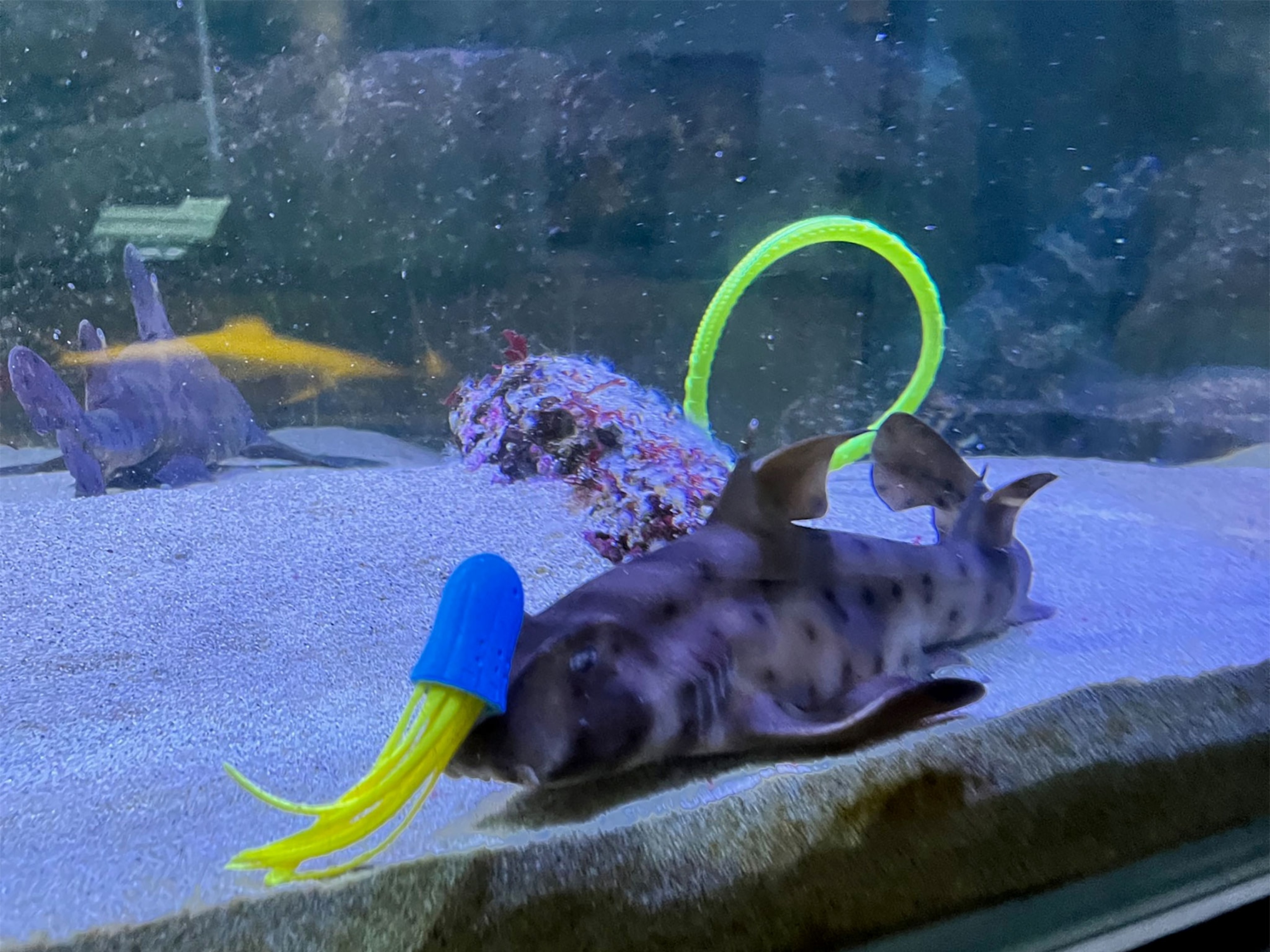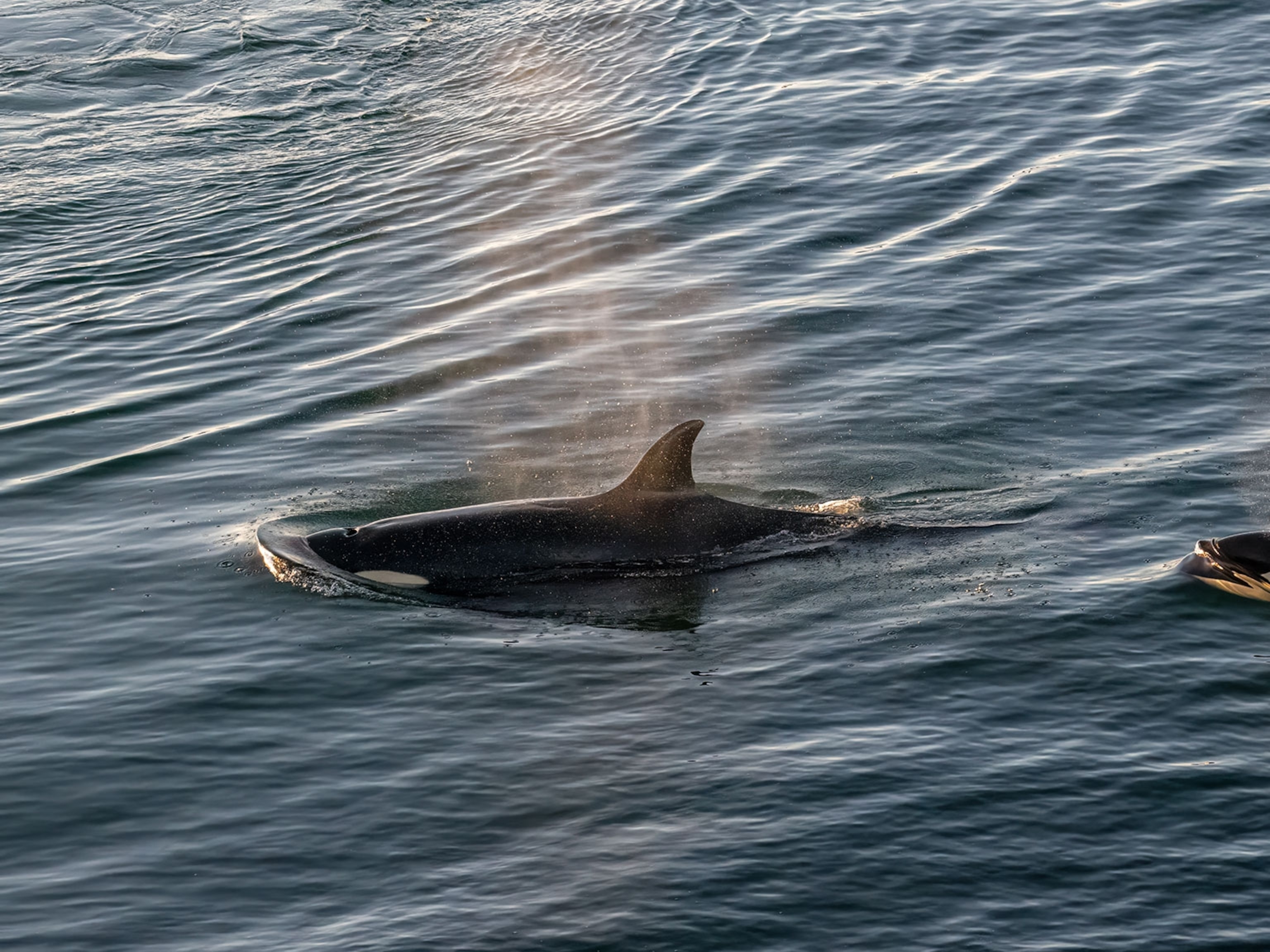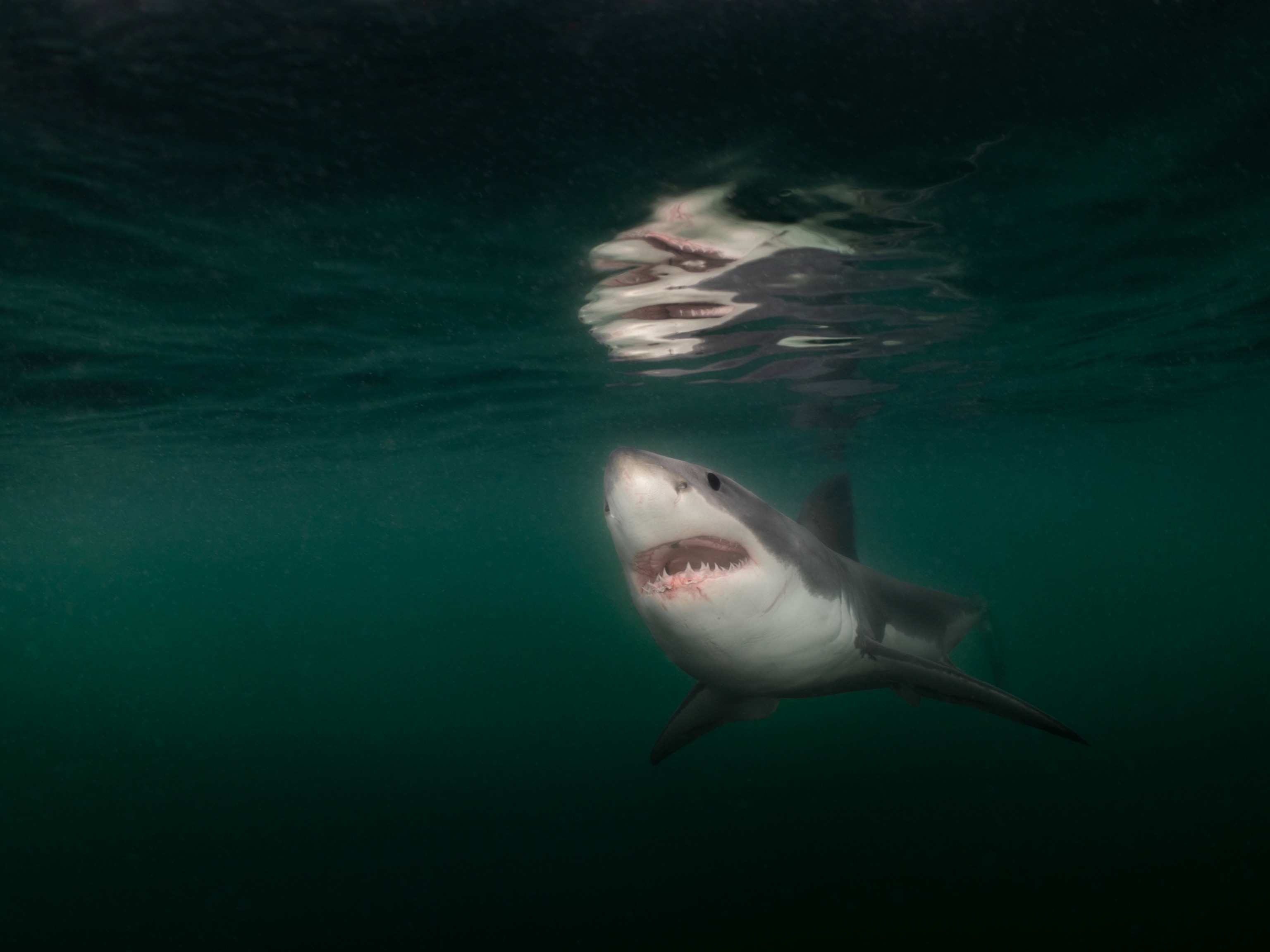Shark Surprises Aquarium With Rare ‘Virgin Birth’
For the first time, scientists have recorded a shark switching from sexual to asexual reproduction.
Ladies, hold onto your hats.
Scientists in Australia published a paper on Tuesday about a female shark that performed a “virgin birth.” Although she hadn’t been around a male shark in three years, the captive zebra shark—named Leonie—laid eggs that hatched three viable pups. (Read our earlier story about the birth.)
This isn’t the first time that a zebra or leopard shark (Stegostoma fasciatum) has had a “virgin birth,” but it is the first time that scientists have seen this behavior in a shark that wasn’t, ahem, a virgin. (Read “‘Virgin Birth’ Record Broken by Hotel Shark.”)
Leonie had previously given birth after mating with a male shark at the Reef HQ aquarium in Townsville, Queensland. In 2012, she was moved into a separate tank at the aquarium with no male sharks.
In her new tank, Leonie continued to lay eggs whether they were fertilized or not, just like chickens do. Yet after three years of separation from a male, scientists were stunned to see some of her eggs hatch.
Although this switch from sexual reproduction to parthenogenesis—reproduction without fertilization—is a first for sharks, it has also been observed in a spotted eagle ray and a Colombian rainbow boa.
Asexual reproduction without prior sexual reproduction has also been observed in plenty of creatures that don’t normally do it that way. When a reticulated python had a “virgin birth” at the the Louisville Zoo in Kentucky, scientists were so surprised that they at first wondered if this was a case of stored sperm. (Read “World's Longest Snake Has Virgin Birth—First Recorded in Species.”)
In the snake’s case, her offspring couldn’t have been fertilized by sperm, because she had never been near a male. Yet Leonie had. And so when the zebra shark gave birth, scientists at the Queensland aquarium also wondered if stored sperm was to blame. Further tests, however, revealed that the pups’ lack of genetic diversity meant they were most likely the spawn of one parent, not two.
Survival of the Species?
Scientists don’t know for sure why sharks, snakes, and other creatures that normally need to mate to reproduce will sometimes just spontaneously get pregnant. According to Kevin Feldheim, a co-author of a 2010 article in the Journal of Heredity on parthenogenesis in sharks, it might be a response to the absence of reproductive partners.

“We think it happens because females become isolated from males,” he says.
Whether the resulting offspring are fertile “is one of the interesting questions about all of this,” he says. “One study did find that a shark produced via parthenogenesis went on to give birth asexually.”
Having offspring with less genetic diversity isn’t ideal, but Feldheim thinks it might be a last-ditch effort for the female to reproduce.
“If a female colonizes an island, for example, or an area where males are rare or absent, parthenogenesis is a way for her to still pass on her genes,” he says.
Although scientists don’t know how common parthenogenesis is among species that normally reproduce through fertilization, Feldheim says that it does not occur among mammals.
So we can all breathe a sigh of relief.





